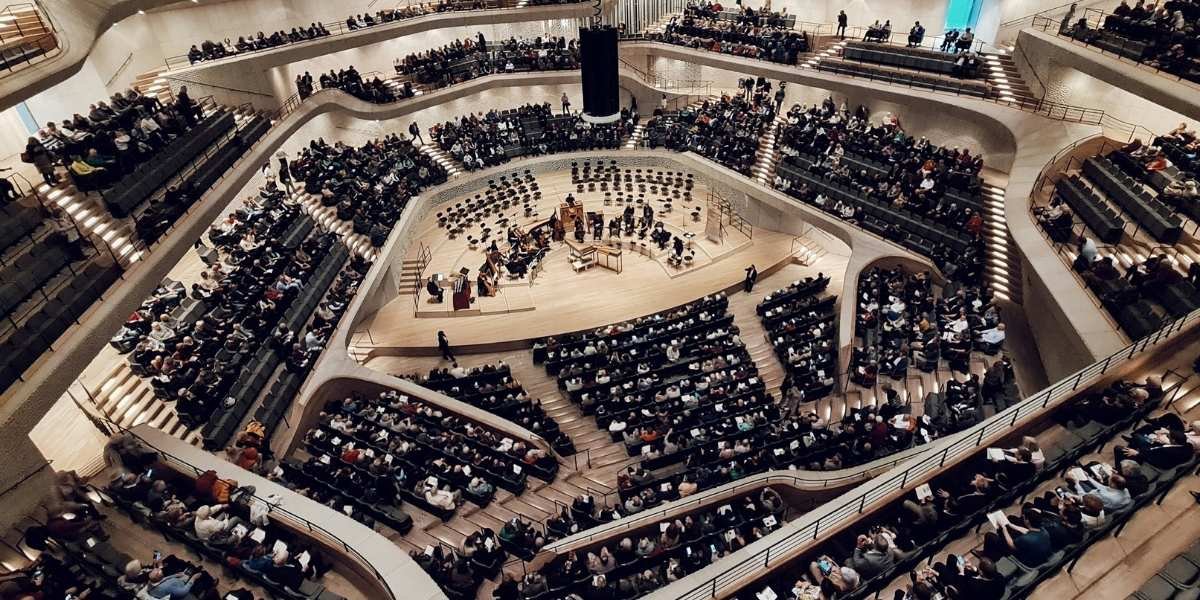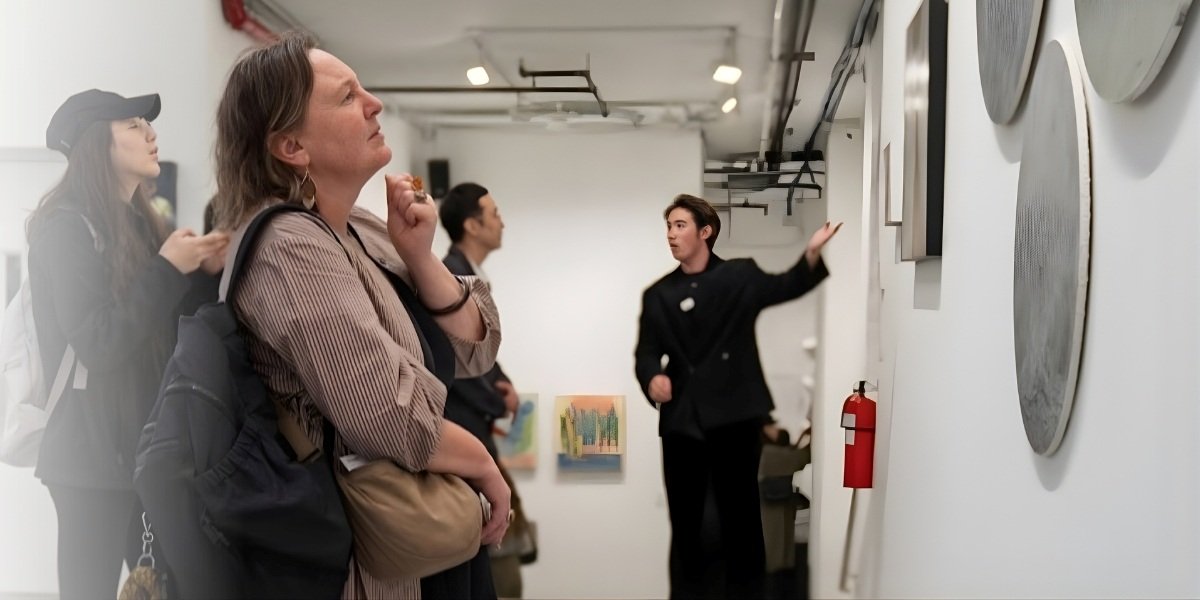By: Priya Power
For Nova Scotia-based multidisciplinary artist Lior Zelering, creativity has often been an act of contrast. His work moves between analog and digital, humor and critique, order and chaos. Each piece feels like a conversation between design and emotion, structure and rebellion.
Zelering began his relationship with art long before formal training. At 13, he found inspiration in the skateboarding culture that influenced his teenage years. The urban landscape became both his canvas and classroom. Through skate culture, he absorbed a do-it-yourself philosophy and a respect for imperfection that still characterizes his work. Those early encounters with pavement and paint taught him valuable lessons about creative freedom, which might not have been found in formal academic study — that creative freedom often involves risk.
Today, Zelering lives and works in Bedford, Nova Scotia. By day, he is a designer, educator, and founder of Masters Design Lab, an international online design school accredited by the British Accreditation Council. By night, he creates digital and mixed-media artworks that merge typography, collage, photography, and texture into layered reflections on modern life.
An Artist of the Pop Age
Zelering describes himself as an artist working within the pop genre. His pieces are populated by superheroes, memes, and digital icons. He references punk music, politics, and the constant hum of social media. Each work acts as a mirror held up to the times — playful on the surface, but with layers of critique beneath.
“I admire and respect the history of art and design and the people who helped propel it,” he notes in his artist statement. He cites the Dada movement as a lasting influence. The Dadaists combined rebellion, satire, and design into a form that challenged authority and celebrated contradiction. Zelering carries that same spirit forward, using irony and humor to offer alternative perspectives on social and political extremes. His approach is neither cynical nor detached. Instead, it provides an opportunity to laugh at the absurdities of modern culture while also acknowledging their weight. In his words, his art “invites a critical perspective on all sides of politics and human interest.”
Digital Craft and Analog Texture
While many contemporary digital artists rely on precision software, Zelering’s process remains tactile. He mixes hand-made and digital techniques, combining painted or photographed elements with collage and typography. The result feels both authentic and intentional, even when constructed on a screen.
He plays with contrast, both as theme and technique — rough textures beside smooth gradients, vintage patterns against modern fonts. These visual opposites create tension that draws the viewer in. His training in design allows him to orchestrate that tension with careful control, turning composition into rhythm.
The balance between digital and analog lies at the core of his philosophy. Technology is not an enemy to authenticity; it is a tool that, in the right hands, can amplify the artist’s voice. Zelering’s works suggest that digital art can still carry fingerprints.
A Career of Creative Movement
Zelering’s professional background extends far beyond the studio. For more than twenty years, he has worked across design, publishing, and education. After early work in photo retouching and multimedia instruction, he moved into design leadership and course development.
As Founder and Lead Instructor at Masters Design Lab (2020–present), he built a globally accessible platform that aims to teach design theory, typography, and branding to students around the world. The program has earned recognition for its international accreditation and for its focus on creativity through discipline.
Before founding the school, Zelering worked as a freelance designer and digital marketer for clients including Unilever, Red Bull, Digital Nova Scotia, B-Cure Laser, and the Museum of Immigration at Pier 21. He also co-founded and edited Adrenaline Magazine, a crossover publication covering skateboarding, surfing, and urban culture. The magazine produced twenty issues and built a community around action sports long before digital media made it easier to do so.
This combination of corporate design, independent publishing, and academic teaching informs his artistic sensibility. His art borrows from advertising’s immediacy, education’s structure, and subculture’s defiance.
Recent Exhibitions
In recent years, Zelering’s work has appeared in both physical and online exhibitions:
- Israeli Identity – Beit Zionei America, Tel Aviv (September 2024)
- Urban Landscape – Alanby 43, Tel Aviv (September 2024)
- Hopes and Dreams – Gallery Chen Vinkler, Tel Aviv (February 2025)
- Maximalist – Online Exhibition (September 2025)
Each exhibition highlights a different side of his evolving practice. Urban Landscape explored the geometry of cities and the culture that fills them. Hopes and Dreams examined the tension between collective aspiration and personal struggle. The upcoming Maximalist show brings his digital collages into a virtual space, merging interactivity with composition.
For his ongoing gallery submissions, Zelering is focusing on North American and UK venues, expanding his reach beyond previous markets while continuing to develop new series.
Themes of Culture and Contrast
At the center of his body of work lies a question: how do we define authenticity in a culture driven by speed and replication? His pieces use recognizable imagery to invite viewers to reconsider the meaning behind the images. The repetition of pop symbols — from comic heroes to brand marks — is intentional. It exposes how quickly meaning shifts when images are pulled from one context into another.
Zelering’s humor acts as an entry point. What seems playful at first often carries subtle commentary about the way society consumes both media and identity. By blending satire with empathy, he maintains his work’s accessibility to audiences beyond the gallery circuit.
Design as Language
Alongside his fine art, Zelering continues to publish works that bridge design theory and creativity. Design Elements: Theory and Implementation – Part 1: Contrast dissects how visual tension guides attention and emotion. His previous title, Jazz Smart: Words of Wisdom About Art and Life from Jazz Giants, translates lessons from music into creative thinking. Both mirror the same curiosity that drives his art — finding structure in improvisation and harmony in disruption.
Looking Ahead
As Zelering prepares for upcoming exhibitions and new book projects, his focus remains on dialogue — between artist and audience, between technology and handcraft, between the precision of design and the spontaneity of art. He sees his role not only as creator but also as translator, turning the noise of modern culture into visual rhythm.
His studio practice continues to evolve, with plans to explore larger digital installations and experimental collaborations. Yet his philosophy stays constant: art should question comfort, expose irony, and offer an invitation for play.
About the Artist
Lior Zelering is a multidisciplinary artist, designer, and author based in Bedford, Nova Scotia, Canada. He is the founder and instructor at Masters Design Lab, an international design school accredited by the British Accreditation Council. His career spans more than two decades across design, publishing, and education, with collaborations including Unilever, Red Bull, and the Museum of Immigration at Pier 21.
His art combines digital and analog techniques through collage, typography, and texture. Influenced by pop culture, punk music, and Dada philosophy, Zelering creates work that reflects and critiques contemporary society.
- Website: https://www.liorzeleringart.com
- Professional site: https://www.liorzelering.com
- LinkedIn: https://www.linkedin.com/in/lior-zelering-6abba12a7/
















